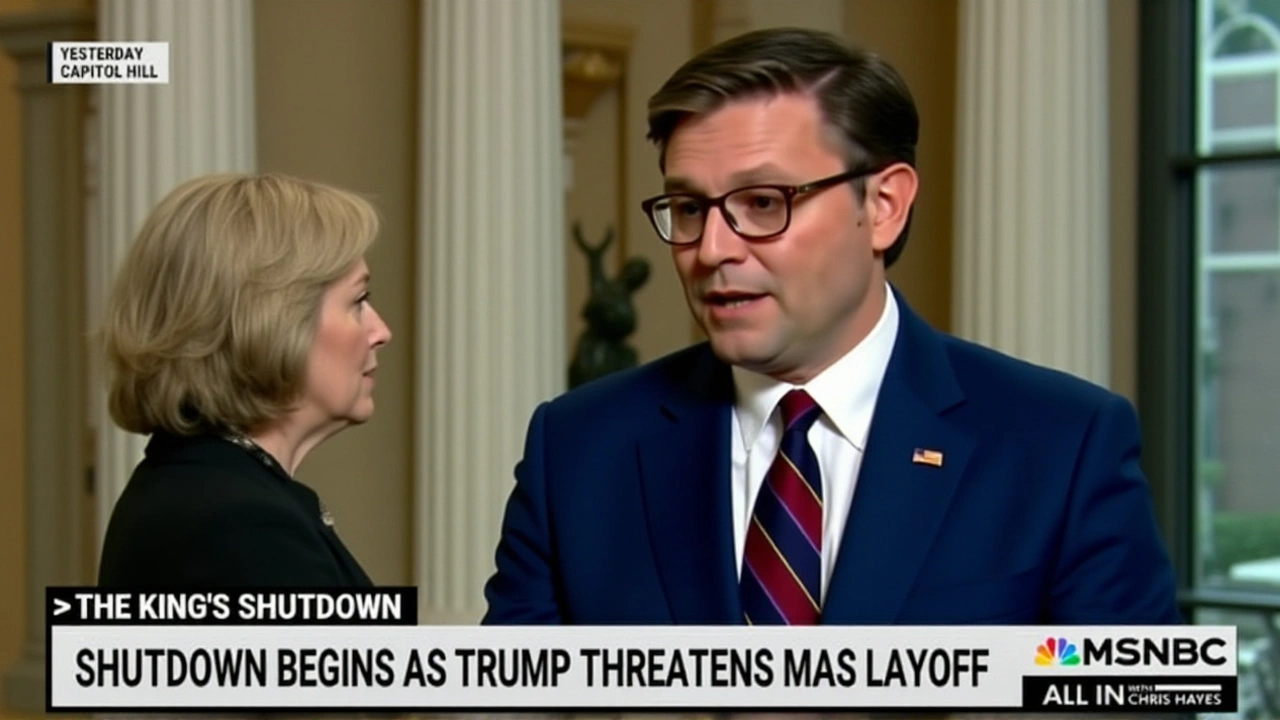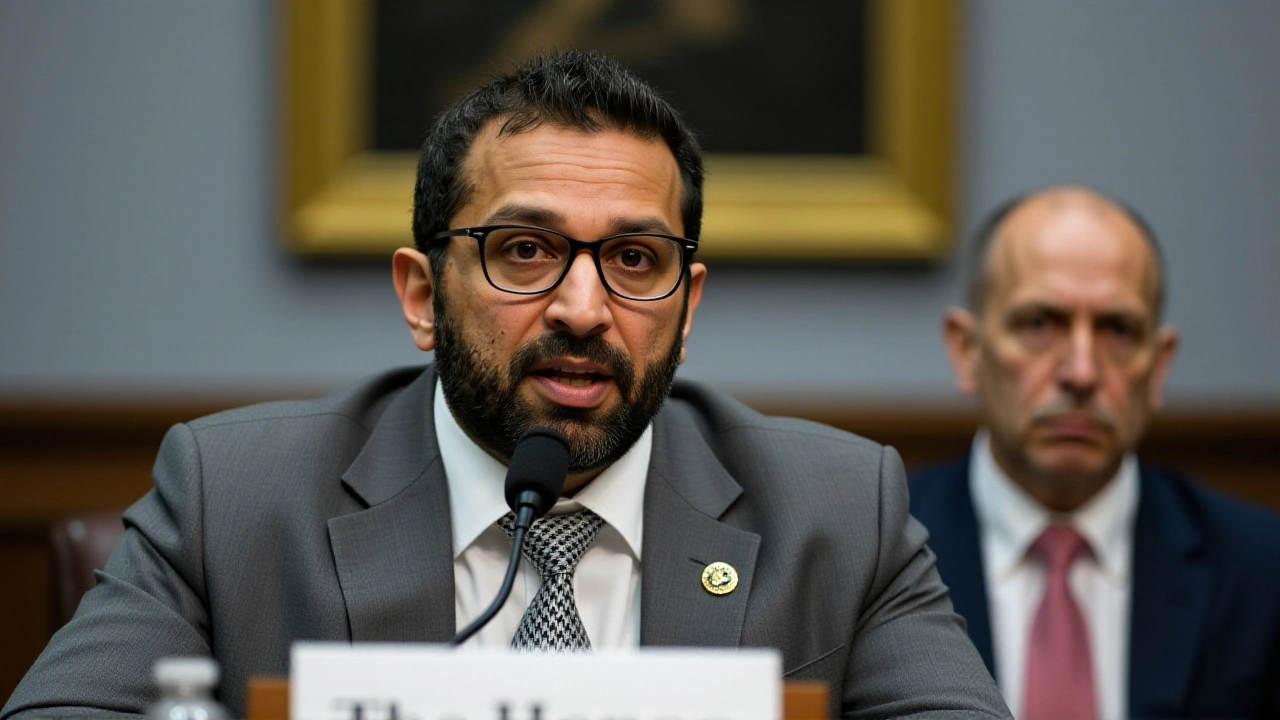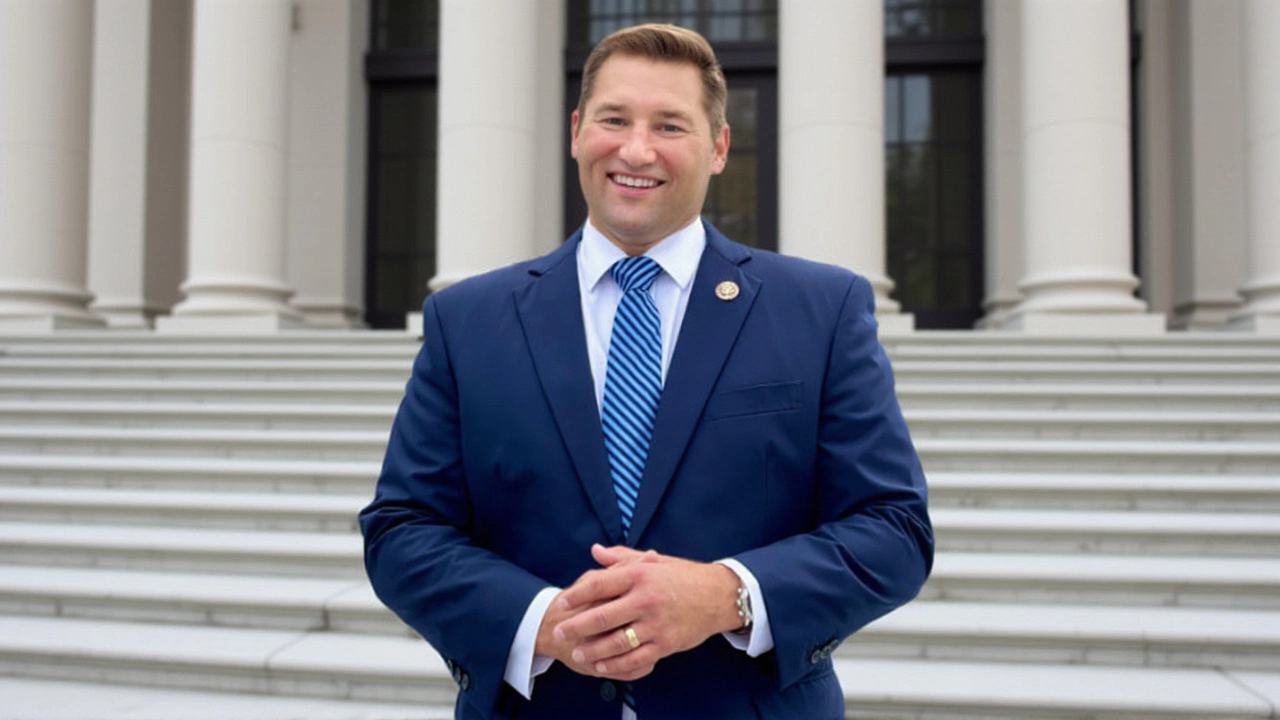When Guy Reschenthaler, U.S. Representative for Pennsylvania's 14th District joined forces with Madeleine Dean, U.S. Representative for Pennsylvania's 4th District on , they introduced H.R. 5282, the reauthorizing Supporting and Treating Officers in Crisis (STOIC) Act. The bill aims to keep mental health support funding for law‑enforcement officers flowing through the Department of Justice's Office of Community Oriented Policing Services (COPS) until 2029. With suicide rates among police climbing—156 officers in 2024 alone—the legislation has quickly become a flashpoint in Washington’s public‑safety agenda.
Historical context: From 2019 to now
The original STOIC Act was signed into law by President Donald Trump in 2019, earmarking up to $10 million annually for the COPS grant program that finances crisis‑intervention and suicide‑prevention services. Those funds have supported the "Law Enforcement Mental Health and Wellness Act" (LEMHWA) and related peer‑support networks across the country. Yet the authorization expired at the end of fiscal year 2024, prompting lawmakers to act before a funding gap left officers without vital resources.
Data from Blue H.E.L.P.—a nonprofit tracking police suicides—showed 156 active‑duty officers died by suicide in 2024, up from 171 the previous year. The National Study of Police Suicides notes officers are 2.5 times more likely to take their own lives than to be killed in the line of duty. Those stark numbers have kept mental‑health advocacy at the forefront of congressional hearings for the past two years.
What H.R. 5282 actually does
The reauthorization proposes a five‑year extension of the existing grant pool, maintaining the current $10 million budget for FY 2025 and adding a modest $2 million increase each subsequent year to account for inflation and expanded services. Key components include:
- Enhanced peer‑support training for every department that receives COPS funding.
- Family‑outreach programs that address the secondary trauma experienced by spouses and children.
- Telehealth options for officers in rural jurisdictions where in‑person counseling is scarce.
- Data‑collection mandates to track usage, outcomes, and suicide‑prevention metrics.
By tying the grant to measurable outcomes, the bill attempts to prove that every dollar spent translates into fewer lost lives and healthier communities.
Broad bipartisan backing
The bill has earned the endorsement of two of the nation’s most influential police groups: the Fraternal Order of Police and the International Association of Chiefs of Police. In a formal letter dated , the Fraternal Order warned that “unaddressed mental‑health challenges lead to stress, burnout, and depression,” urging swift congressional action.
Senators have also rallied behind the effort. A companion measure, S. 419, was introduced by Josh Hawley (R‑MO) and Sheldon Whitehouse (D‑RI). The Senate version cleared the Judiciary Committee during National Police Week in May 2025, showcasing a rare moment of cross‑aisle consensus on a law‑enforcement issue.

Potential impact on officers and their families
If passed, the extended funding could reach roughly 180,000 officers nationwide, according to COPS estimates. For many, that translates into regular mental‑health check‑ins, access to crisis hotlines, and a safety net for family members who often bear the brunt of irregular hours and traumatic exposures.
Police chief Karen Lee of a mid‑size Pennsylvania department told reporters, “Our officers are our community’s first line of defense, but they’re also human. Knowing there’s a federal program that backs their mental‑health care makes a huge difference in recruitment and retention.”
Critics, however, caution that $10 million is a drop in the bucket for a workforce of over 800,000 officers. Advocacy groups like the National Association of Police Organizations argue for a larger, more flexible budget that can scale with emerging crises, such as the rise in violent confrontations tied to extremist activity.
Next steps: Legislative hurdles and timeline
H.R. 5282 now heads to the House Judiciary Committee, where it will likely be debated alongside other public‑safety measures. Assuming a favorable vote, the bill must survive the full House before moving to the Senate, where the companion S. 419 will need a companion vote. Given the bipartisan nature and the backing of major police unions, many analysts predict a smooth passage before the end of the 2025 session, but budget‑process delays could push the effective start date into fiscal year 2026.
Meanwhile, the Department of Justice has pledged to submit a detailed implementation plan within 60 days of enactment, outlining how grant applications will be reviewed and how data reporting requirements will be enforced.
Key facts
- Bill: H.R. 5282 – Reauthorizing the STOIC Act
- Introduced: September 11 2025 by Rep. Guy Reschenthaler (R‑PA‑14) and Rep. Madeleine Dean (D‑PA‑04)
- Funding: $10 million for FY 2025, increasing $2 million annually through 2029
- Supporters: Fraternal Order of Police, International Association of Chiefs of Police, NAPO, Senators Hawley & Whitehouse
- Need: 156 officer suicides in 2024; officers 2.5× more likely to die by suicide than homicide

Frequently Asked Questions
How will the extended funding directly help officers on the ground?
The grant will pay for certified mental‑health counselors, 24/7 crisis hotlines, and peer‑support training that officers can access during shifts or via telehealth. Departments will also receive toolkits to provide family‑focused workshops, which research shows reduces secondary trauma among spouses and children.
What prompted lawmakers to act now?
A surge in reported officer suicides—156 in 2024—coupled with data showing police are 2.5 times more likely to die by suicide than homicide, created pressure from police unions, mental‑health advocates, and families to close the funding gap before it expired at the end of FY 2024.
Will the bill affect all police departments equally?
Funding is allocated through the COPS grant program, which distributes money based on department size, demonstrated need, and compliance with reporting requirements. Larger metropolitan forces stand to receive a bigger share, but smaller rural agencies can still apply for supplemental telehealth grants.
What are the criticisms of the proposed $10 million budget?
Critics argue the budget is insufficient for a workforce of over 800,000 officers, especially as mental‑health needs rise with increased exposure to violent incidents and pandemic‑related stress. Some groups are pushing for a larger, more flexible appropriation that can scale with emerging challenges.
When is the bill expected to be voted on?
After committee markup, the House Judiciary Committee is slated to hold a markup session in late October 2025. If it clears, the full House could vote in November, aiming for a Senate companion vote before the congressional recess in December.

Author
Ava Bialy
I'm a passionate artist and art enthusiast. I enjoy exploring different visual art forms, from painting to sculpting, and I love learning about the history of art and its impact on society. I'm always looking for new ways to express myself and to share my creativity with the world.